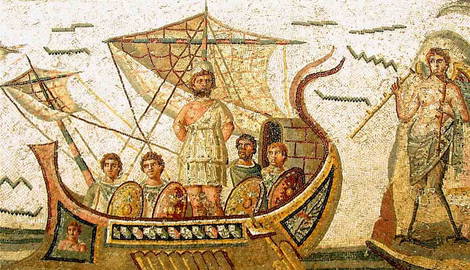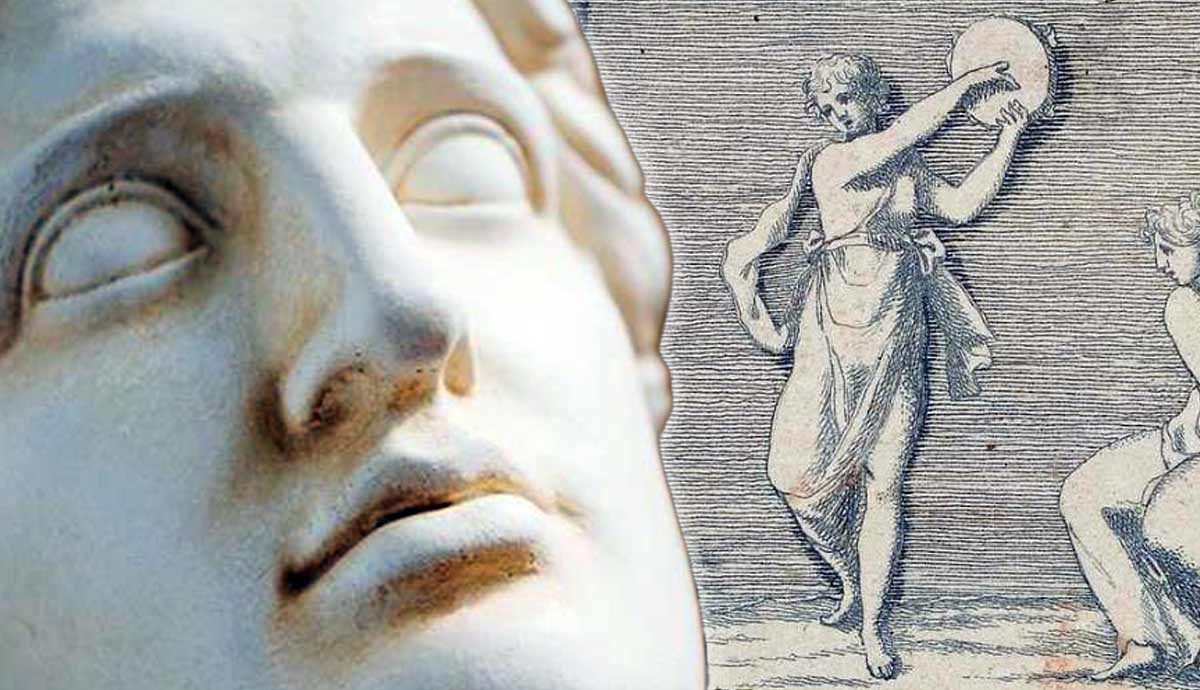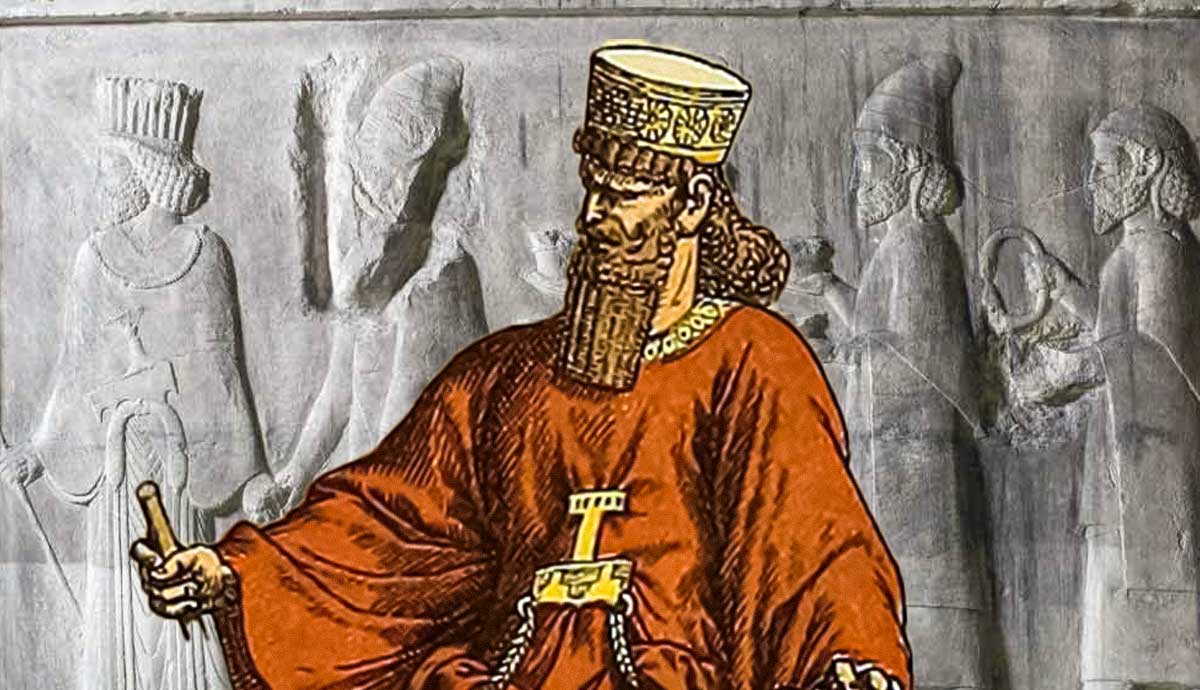
What if the myths you know are hiding deeper truths? For thousands of years, Odysseus—the legendary king of Ithaca and hero of Homer’s Odyssey—has captured the imaginations of people worldwide. Now, thanks to modern archaeological discoveries on the storied Greek island, the gap between mythology and ancient history is beginning to narrow.
Among the most groundbreaking of these discoveries is Ithaca’s Sanctuary of Odysseus. While it doesn’t necessarily prove that Odysseus was an actual person, it does illustrate the hero’s real-life impact on ancient Greek beliefs.
The Foundations of Hero Worship in Ancient Greece

Distinct from the veneration of the Olympian gods, hero cult worship was a vital element of religious life across ancient Greece. In Homeric Greek, the word “hero” refers to the mortal offspring of a human and a god. However, heroes were not limited to demigods. They also included legendary city founders, ancestors elevated to semi-divine status, and other notable figures who achieved immortality in memory.
Worshippers believed these heroes had the power to protect and empower the living. The heroes’ chthonic nature enabled them to intercede with the gods on behalf of mortals. This intercessory role inspired a range of rituals, including prayers for protection and offerings seeking blessings such as fertility, health, or victory.
Greek hero cults emerged around legendary figures like Heracles and Achilles, as well as larger-than-life mortals like Odysseus. Cult sites, including the Sanctuary of Odysseus, connected these heroes to specific locations, reinforcing civic pride. For instance, Theseus, unifier of Attica and protector of democracy, was worshipped as a symbol of Athenian identity.
Odysseus, of course, resonated deeply with Ithacans. In The Odyssey, Homer famously immortalized the hero’s harrowing 20-year journey home to Ithaca after the Trojan War.
The Sanctuary of Odysseus: Glimpses into Devotion

The sanctuary of Odysseus, also known as the School of Homer, is an ancient architectural complex located in northern Ithaca. The name “School of Homer” reflects 19th-century assumptions about the site’s purpose. It was more modern excavations that revealed the presence of a sanctuary dedicated to Odysseus.
Centered around a prominent rocky outcrop, the Sanctuary of Odysseus comprises two carved terraces connected by stone staircases. The architectural design facilitated community gatherings and ceremonies.
Inscriptions of Odysseus’s name, etched on roof tiles and other artifacts, confirm the site’s purpose as a hero cult center. These inscriptions, relatively rare for the time, showcase how the ancient Greeks intentionally created physical spaces to honor heroic mythical heroes.
Votive offerings at the site provide further insights into ancient devotion. A bronze bust, possibly representing Odysseus, suggests worshippers sought a tangible connection to the hero’s attributes. Coins discovered at the site may have symbolized prayers for prosperity, while loom weights likely reference Penelope, who famously used weaving as a tactic to delay her remarriage during her husband’s long absence.
These artifacts illustrate centuries of hero cult worship at the Sanctuary of Odysseus, from Greece’s Geometric period (c. 900–700 BCE) through the Roman era. They reveal how deeply ingrained Odysseus’s myth was in the beliefs and practices of the ancient Greeks.
Odysseus’s Enduring Spiritual Footprint

The Sanctuary of Odysseus, like many archaeological discoveries, highlights the multifaceted role of mythology in ancient Greece. While the site may not prove the historical existence of Odysseus, it demonstrates the power of his myth to shape reality.
For the ancient Greeks, myths like The Odyssey were far more than mere entertainment—they were a vital part of their culture. They influenced every aspect of life, from spiritual beliefs to artistic expression, ethical codes, and political rhetoric.
Mythology and history were not viewed as opposites in ancient Greece. Rather, they were deeply intertwined. Together, they could be used to make sense of the past, ground the present, and imagine the future. Places like the Sanctuary of Odysseus reveal how myths shaped the reality of the ancient world—and how they continue to influence us today.











